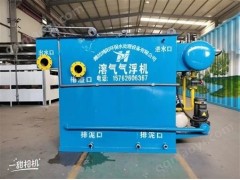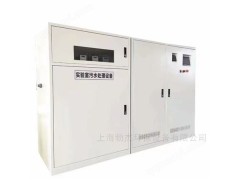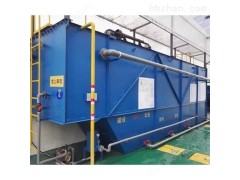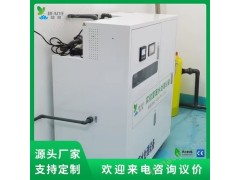- 出水标准:
- 0.02ppm
It is a macroporous selective chelating ion exchange resin with
functional groups and very durable
It is suitable for use in manufacturing processes or wastewater. Application of selective removal of divalent metal ions from monovalent metal ions. Divalent metal ions can be easily separated from monovalent metal ions, such as copper nickel and other ions. The removal applications of this divalent metal ion include electroplating and metal pickling, lead removal in hydrolysis metallurgical battery manufacturing, electronics industry and other applications.
Particularly suitable for the removal of cationic heavy metals. The macroporous resin structure ensures superior ion diffusion, thereby giving efficient complete removal and regeneration performance. This resin can remove metals from water with low water content and is the most cost-effective method.
Product advantages: The value can be up to -
It can process solutions of -, / or above can also be processed, but it is of little significance and the cost is too high
3. The effluent can reach. (National Standard. Generally, domestic resins cannot meet the standards by chemical methods)
Type/Weakly acidic cation exchange resin/
Structure/Macroporous cross-bonded polystyrene
Functional group/
Physical form/ hydrated spherical/
Ionic form/ sodium
Particle size distribution/
Particle size/ . .
Total exchange capacity/ . / (+)
Expansion coefficient/ (r.) + rr+
Moisture content/ -
Operating range/
Solubility rate/insoluble in any solvent/
Backwash sedimentation density/. . < br/> Maximum operating temperature/ . r
Flow rate/
Backwash expansion space/
Backwash flow rate/ -
Regeneration/
Acid concentration/ -
Flow rate/
Regeneration acid dose/ - /
:-/
Slow wash flow rate/
If necessary, convert to
ions/
Concentration/ -
Flow rate/
Salt dosage/ -
Slow wash flow rate/











 Year1
Year1




 WhatsApp
WhatsApp





